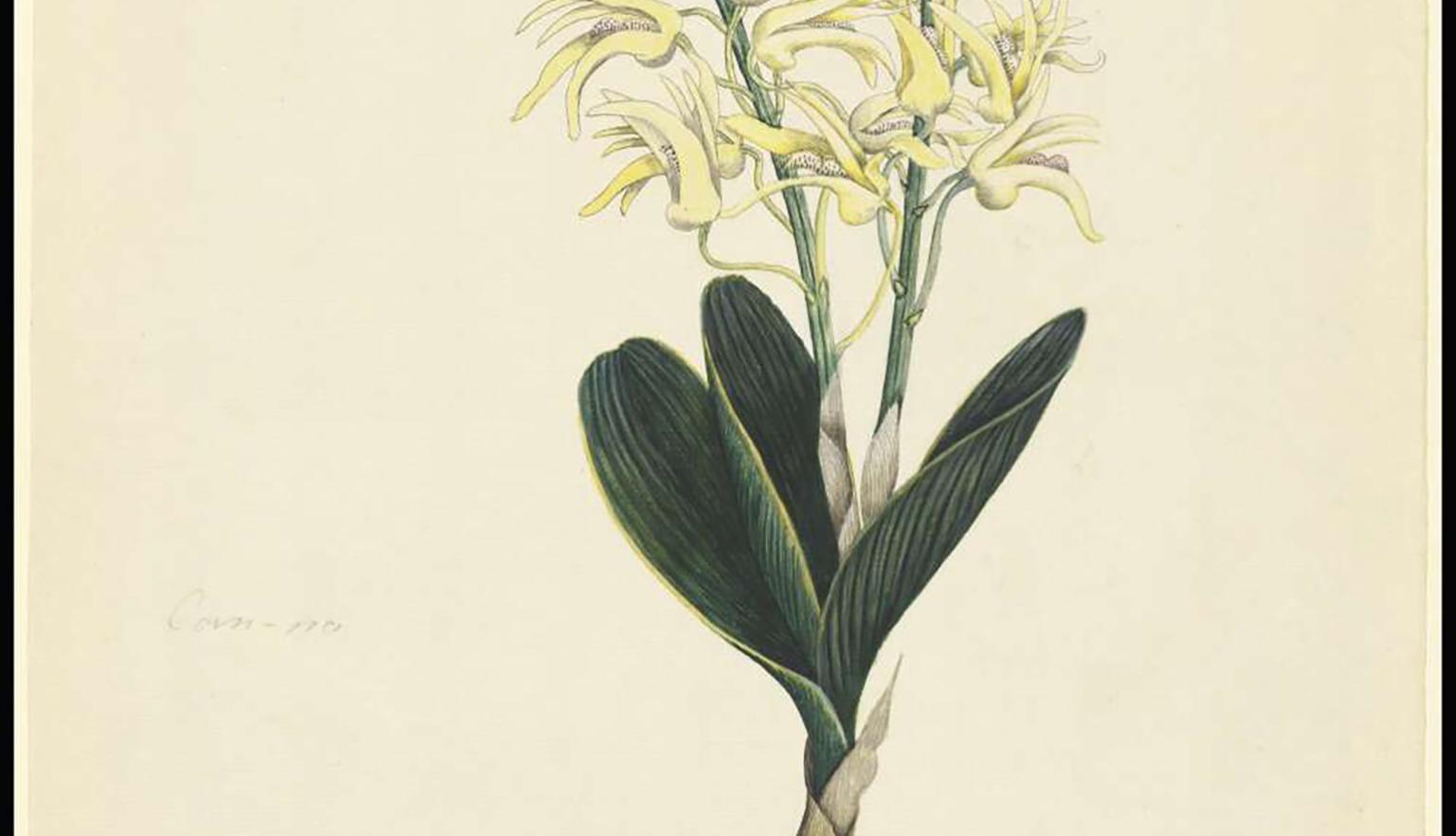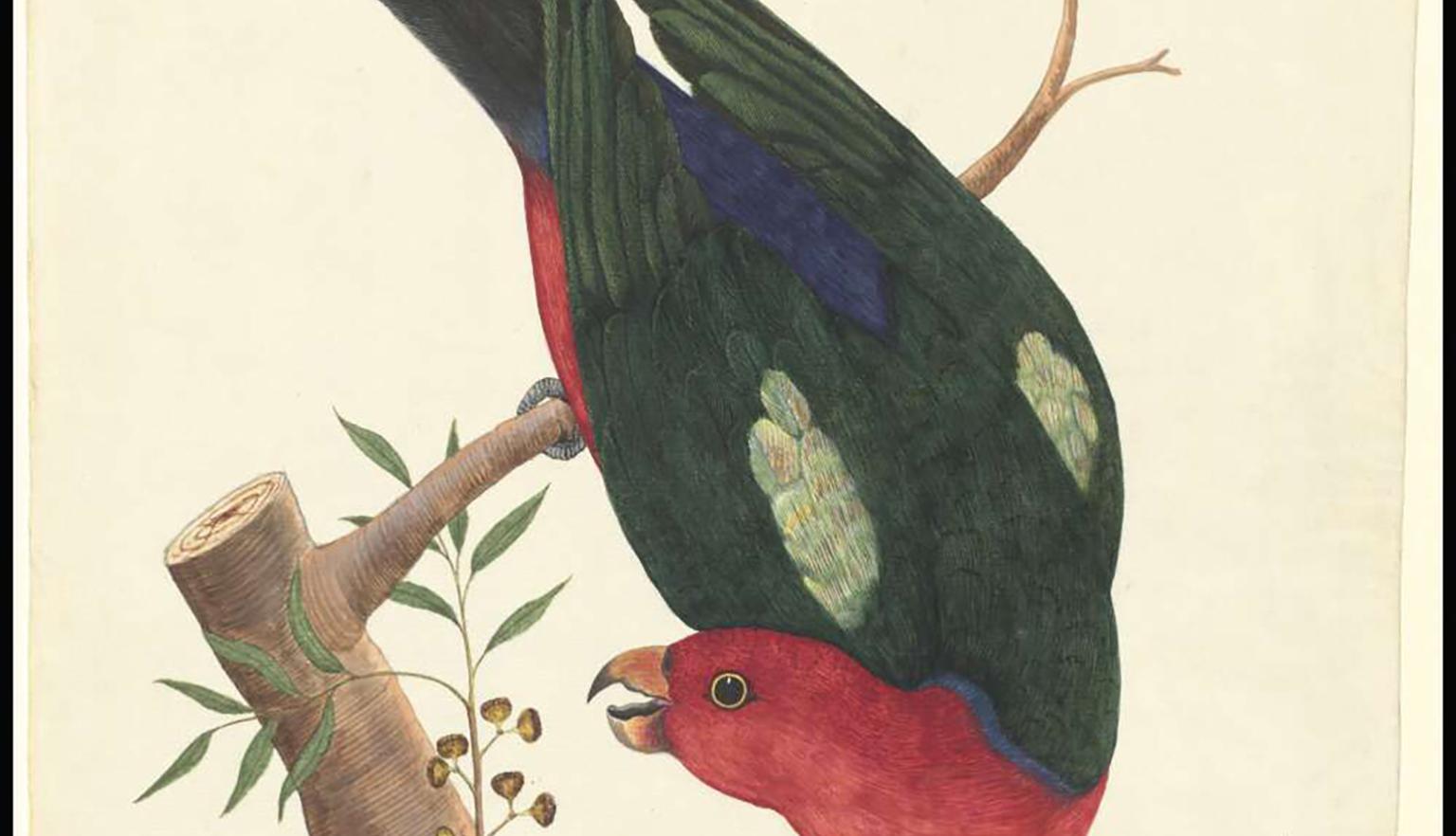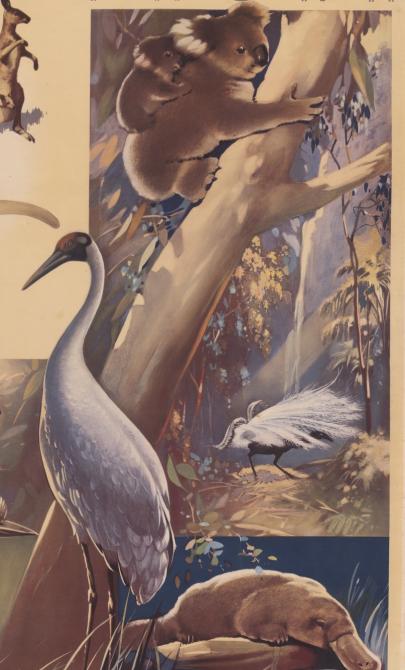Strange creatures
Capturing flora and fauna
When the First Fleet arrived in Australia, British officers and convicts began drawing and painting the people, plants, and animals they encountered. For them, it was a time of discovery - no one in Europe had ever seen creatures like kangaroos, rosellas, or gum trees. They were excited to send these images back home to share the wonders of this new land.
George Raper, an 18-year-old midshipman on HMS Sirius, was one of those artists. Drawing was a key skill for sailors in the British navy because they needed to create maps and record what they saw during their voyages. Raper stood out for his artistic talent, and his skills were highly valued by his superiors.
Raper didn’t just want to show what the birds and plants looked like - he aimed to capture their beauty and uniqueness. Today, his artwork is treasured not only for its skill but for giving us a glimpse of how the first Europeans tried to make sense of the unfamiliar world around them.
Activity 1: Drawing something different
Step 1: Analysing the art
Show your students three different artworks created by the First Fleet artists. Identify what each painting depicts, whether it’s a bird, animal, or plant. Discuss as a class:
- How accurately did these European artists portray native Australian wildlife?
- Do these artworks feel scientific, artistic, or a mix of both?
Step 2: Imagining the arrival
Now, ask your students to imagine they’ve just arrived in Australia with the First Fleet. Their task is to write a description and draw a picture of a native Australian animal they’ve seen for the first time. The catch? These drawings will be sent back to England to help people there understand what this new land looks like. Encourage them to think about how they’d describe the animal’s appearance and behaviour.
(Teachers may also want to view the short video First Fleet Sketches: Hunter and Raper to complement this activity.

Peter Mazell, James Cook & John Webber, An opossum of Van Diemen's Land, 1784, nla.gov.au/nla.obj-136182204
Peter Mazell, James Cook & John Webber, An opossum of Van Diemen's Land, 1784, nla.gov.au/nla.obj-136182204
Artists in the new world
In this activity, students will identify native Australian plants and animals that European settlers may have encountered.
Activity 2: Exploring Native Flora and Fauna
Step 1: Brainstorming Native Species
Together, brainstorm a list of native Australian plants, animals, and birds that European settlers may have encountered. Then, ask your students to classify them using these categories:
- Useful vs. not useful for humans
- Edible vs. not edible for humans
- Dangerous vs. harmless to humans
Challenge your students to think of additional ways to classify the animals, birds, and plants they’ve identified. How might these categories have affected the way settlers approached life in the colony?
Step 2: Class Discussion
Discuss the following questions as a group:
- What did European settlers need to learn about Australia’s native plants and animals in order to survive?
- How did European settlement affect Australia’s native wildlife?





